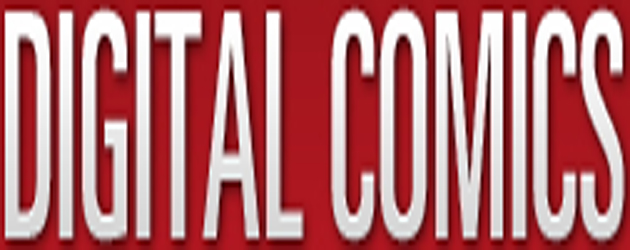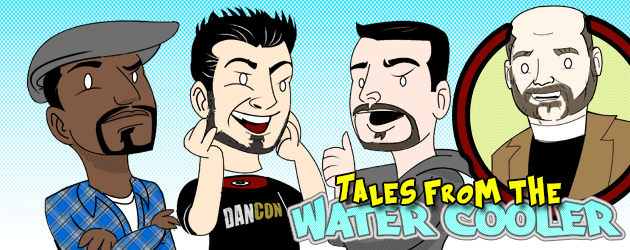The rise in popularity of comic books and graphic novels has led to a number of significant changes within the comic book publishing industry, the vast majority of which are just flat-out cool as heck (this is a family article).
One of the most noticeable changes is the way in which comic book and graphic novel addicts can get their fix. Anyone who is reading this article and happens to be in their 20s or even early 30s might not be capable of imagining a world completely devoid of the internet. The reality is that, in the grand scheme of the universe, it really was not all that long ago that this internet-free society existed.
The point as it relates to this article is that it has only been about 20 years since the primary, perhaps even exclusive, manner in which one was able to read comics was on the ink-stained pulp of the printed page. People would have to actually remove themselves from their home and mosey on down to the comic book shop, or the shopping mall, or the local Quickie Mart to get their comics – unless they wanted to wait an indefinite, anxiety-laden period of time to have them delivered by way of what today is known as “snail mail.”
Now the accessibility of comics is not only fast and easy, but also viewable in a kaleidoscopic array of formats. One of the most common formats is digital comics, which is a term that itself is going through a bit of an identity crisis, but we will get to that a little bit later.
The basic definition of digital comics is a comic that has been either created digitally on a computer or has been created in any number of artistic media, and then published or released in a digital format, such as the internet. Digital comics have actually been in existence since the mid-1980s, with the publication via CompuServe of Witches and Stitches by Eric Millikin in 1985.
Identity Crisis
It can be quite confusing to anyone who is not a semantics savant to try and figure out the differences, if any exists, between digital comics and webcomics, or digital comics and eComics, and so forth. For most of us non-semantic savants, the terms can be used interchangeably without running too much of a risk of being misinterpreted.
Most of the comic book publishers of note today have made an ever increasing amount of their titles available in a digital format. The readers that you can use to enjoy these comics are pretty dang incredible. You usually have the option of reading your comic in a number of different shapes and sizes, as well as varying screen resolutions, selectable options for page turning, and a whole lot more cool stuff.
Another cool thing about digital comics is that there are an incredible amount of outstanding titles available for free. Just check out some of the bigger publishing companies’ websites, such as Marvel comics, DC Comics, Image comics and Dark Horse Comics.
Also, if you want an alternative to the mainstream, as well as a generous mix of mainstream selections from which to choose, you should surf on over to comiXology.com and Graphicly.com. These are each websites that specialize in selling, distributing, and showcasing digital comics.
Kevin P. Hanson
kevin@comicattack.net





I have to agree that digital is the way to go and I recommend Comics by comiXology to start. Great selection, access through apps on most platforms and a wide selection of free comics to get started. http://www.comicbookreaderguide.com/comics-by-comixology/